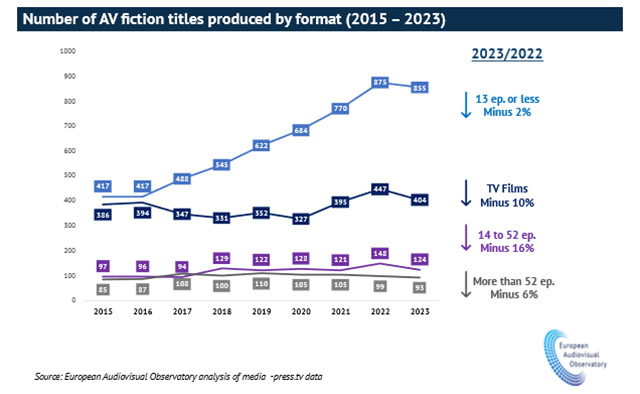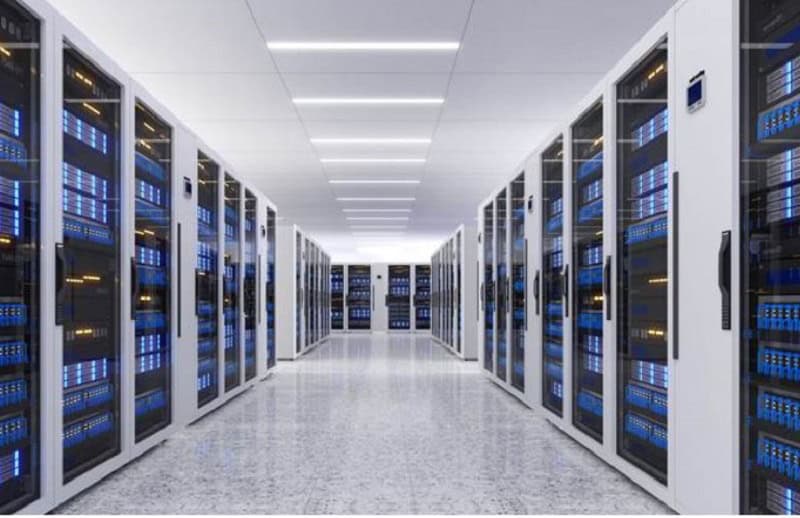Infra
In focus: EU investing in energy infrastructure

Developing cross-border energy infrastructure fit for the 21st century is essential to delivering the EU’s world-leading energy transition.
Better connected networks for transporting and storing energy strengthen Europe’s security, helping to keep energy costs down for EU consumers and ensuring stable and reliable supplies. This cannot be underestimated especially at times of significant geopolitical tensions. Interconnected energy networks are also vital to accommodate the growing share of renewable energy in the EU’s energy system.
An evolving energy system
While modern energy solutions like rooftop solar panels, heat pumps, local energy communities, electric vehicles, offshore renewable energy installations, and renewable hydrogen production are driving Europe’s transition away from fossil fuels and towards cleaner energy sources, this comes with an increased demand on our energy infrastructure. For example, EU electricity consumption is projected to rise by 60% between 2023 and 2030.
Based on the Commission’s European Grid Action Plan, published in November 2023, €584 billion in investment will be needed by 2030 to meet this growing electricity demand. This figure must also be supplemented by the substantial investment needed to build the EU’s hydrogen system from the ground up.
President von der Leyen underscored the need for investment in clean energy infrastructure in her recent mission letter to Commissioner-designate for Energy and Housing, Dan Jørgensen. A future Electrification Action Plan is to ensure an industrial transition ‘powered by an energy system with homegrown, clean electricity’. Moreover, a dedicated Clean Energy Investment Strategy for Europe will help prioritise investment in clean energy infrastructure, including for hydrogen.
Addressing Europe’s energy infrastructure needs
EU energy infrastructure policy fully aligns with Europe’s ambition of achieving climate-neutrality by 2050. It helps reduce red tape and encourage cross-border infrastructure development by ensuring faster approval processes and financing opportunities, among other benefits, for key projects across the EU and its neighbouring countries.
To prioritise the most needed projects, the EU has defined 11 ‘priority corridors’ and 3 ‘thematic areas’. Priority corridors are geographical areas within the EU which have been identified for project development in the areas of electricity, offshore grids, hydrogen and electrolysers infrastructure. Meanwhile, the thematic areas cover smart electricity grids, smart gas grids and CO2 networks.
Projects being planned in the priority corridors and thematic areas can apply for ‘Project of Common Interest’ (PCI) or Project of Mutual Interest’ (PMI) status.
A PCI is a cross-border energy infrastructure project that benefits at least 2 EU countries. Every 2 years since 2013, the Commission draws up a new Union list of PCIs. Since 2023, the list also includes PMIs — energy infrastructure projects developed in cooperation with non-EU countries. These projects must involve cross-border energy infrastructure between at least 1 EU country and a non-EU country, while demonstrating clear benefits to the EU.
‘The era of EU funding for fossil fuel infrastructure is over. It is now time to invest in energy infrastructure which is fit for a more flexible, decentralised and digitalised system, where consumers are also producers – and most of our energy comes from renewable sources.’
Kadri Simson, Commissioner for Energy (at the adoption of the first Union list of PCIs and PMIs, 28 November 2023)
Selected cross-border projects
Once selected, PCIs and PMIs enjoy several advantages including faster planning and permit approvals and increased visibility to investors. Streamlined environmental assessments aim to reduce administrative costs, and increased consultations lead to better engagement with stakeholders, resulting in faster project implementation. Selected projects also benefit from improved rules and incentives for sharing costs across borders.
Additionally, PCIs and PMIs can apply for funding from the Connecting Europe Facility (CEF) to support their projects.
The PCI-PMI Transparency platform provides and interactive map with up-to-date information on each project’s geographic positioning, implementation plan, benefits to the countries involved and the potential EU financial support available to that project.
Ongoing: Call for PCIs and PMIs
Promoters of cross-border energy infrastructure projects interested in becoming PCIs or PMIs can submit an application in response to the ongoing call for applications. The call is open until 18 November or 18 December, depending on the type of energy infrastructure.
PCI Energy Days 2024
By now a flagship in the annual events calendar of the European Commission‘s Directorate General for Energy, the PCI Energy Days offer project promoters the opportunity to showcase their PCI projects.
The 5th PCI Energy Days take place on 4 and 5 November in Brussels. It will be dedicated to the practical implementation of PCIs and PMIs. Representatives of EU country administrations, regulators, grid operators and project promoters are invited to meet with the industry, civil society and the wider financing community to share their experience and expertise with each other on the topic of EU cross-border energy infrastructure.










